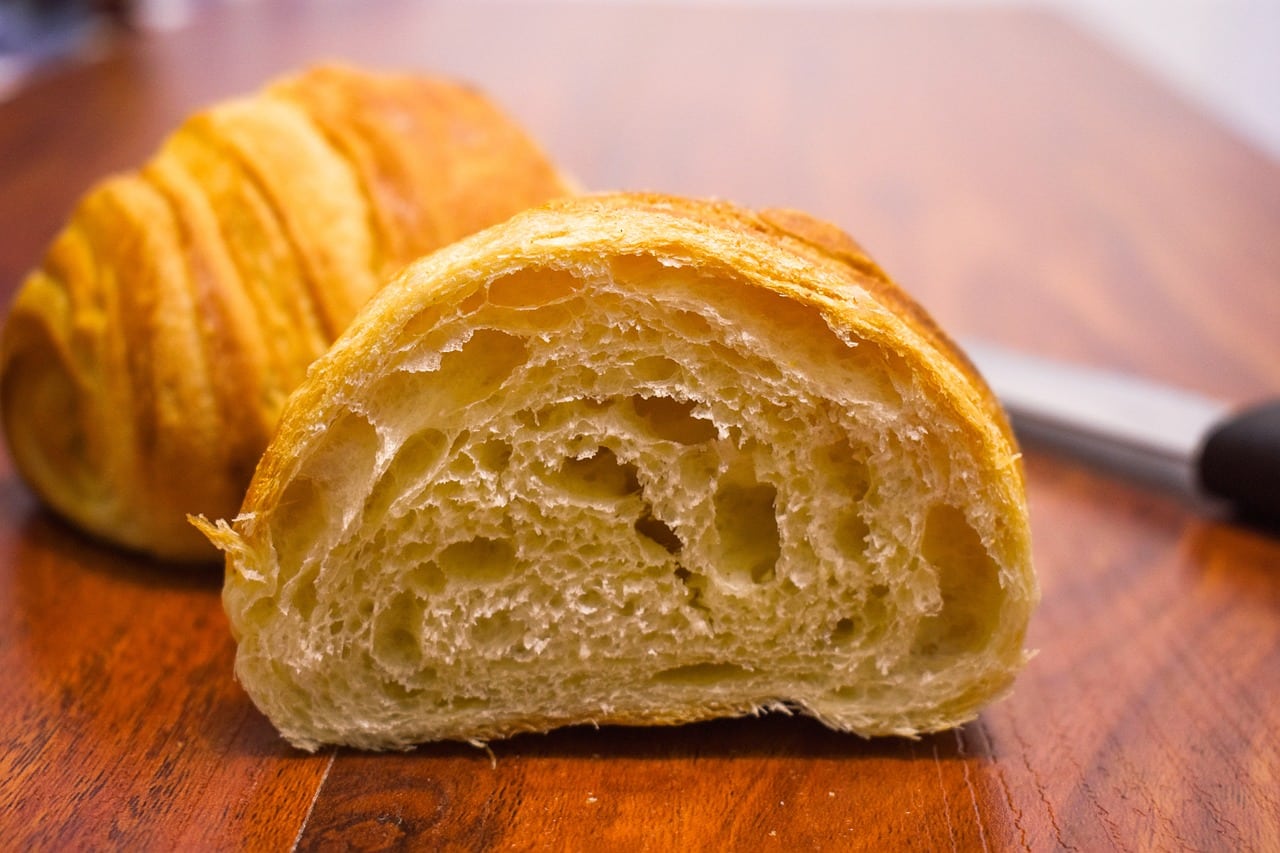How to Craft the Perfect Sourdough Starter from Scratch for Rich, Complex Breads?

If you’ve ever savored the tangy, complex flavor of a slice of sourdough bread, you know that there’s nothing quite like it. The secret to this culinary delight? A perfectly crafted sourdough starter. But how exactly do you go about creating one from scratch? In the next few sections, we’ll guide you through the process, from choosing the right flour to feeding and maintaining your starter. We’ll also throw in a few tips on how to incorporate your starter into a delicious sourdough bread recipe. So, buckle up and prepare for a delectably educational journey into the heart of sourdough baking.
Getting Your Starter Started
The key ingredients for your sourdough starter are remarkably simple: flour and water. However, don’t let the simplicity fool you, as the magic comes from the wild yeast and bacteria present in the flour and air, which will ferment and create that distinctive sourdough flavor.
Avez-vous vu cela : how to Achieve the Perfect Balance of Flavors in a Complex Curry?
Begin with 1 cup of whole grain flour (such as rye or wheat), as these contain more yeast and bacteria than all-purpose flour. Add to this ½ cup of warm water. The warmth will help kickstart the yeast into action. Mix these together until you have a thick, sticky dough.
Your budding starter will now need a home. Choose a glass or ceramic container that’s large enough to allow the starter to grow. It’s crucial to not use a metallic container, as the acid produced by the starter can react with it. Cover your container with a breathable cloth and let it sit at room temperature for about 24 hours.
A voir aussi : What’s the Best Technique for Achieving Ultra-Crispy Chicken Skin in the Oven?
The Feeding and Discarding Process
After a day, you’ll notice your starter coming to life. Bubbles will start to form, a sign that the yeast is happily feasting on the flour and water. From this day forward, you must commit to a regular "feeding" schedule.
Feeding involves adding more flour and warm water to keep the yeast happy and active. A typical feeding for your starter involves 1 cup of flour and ½ cup of warm water. However, before you add the new food, you need to discard about half of your current starter. This discard process keeps the starter from growing out of control and ensures the remaining yeast can feed effectively.
Aim to feed your starter once a day at roughly the same time. If you’re planning on baking less frequently, you can store your starter in the fridge and feed it once a week.
Recognizing a Healthy Sourdough Starter
Over time, as you continue feeding and discarding, your starter will mature and stabilize. It will develop a pleasant, tangy aroma and frothy, bubbly texture – the signs of a healthy sourdough starter.
A mature starter will also exhibit a predictable rise and fall pattern post-feeding. Within 4-6 hours of feeding, your starter will likely double in volume, peak, and then gradually deflate. This pattern is a good indicator that your starter is ready to leaven bread.
Incorporating Your Starter into a Sourdough Bread Recipe
Once your starter is healthy and mature, you’re ready to begin baking. When the time comes to add the starter into your dough, ensure that it’s at its peak – that is, it has risen to its maximum volume post-feeding and is full of bubbles.
To create a basic sourdough bread, combine 1 cup of active sourdough starter with 5 cups of bread flour and 1 ¾ cups of warm water. Mix together until it forms a dough. You’ll then need to let this dough rest and ferment for several hours before shaping and baking it.
Maintaining Your Sourdough Starter Over Time
Finally, remember that a sourdough starter is like a pet. It needs regular feedings and a little TLC to thrive. If you’re going away for a while, don’t fret. Just give it a good feed, pop it in the fridge, and it will patiently wait for your return.
With these steps, you’re well on your way to crafting the perfect sourdough starter from scratch. The result? Rich, complex breads that’ll have you reaching for just one more slice. So go on, give it a try. Your taste buds will thank you.
The Magic of Wild Yeast and Fermentation
The most fascinating aspect of making a sourdough starter from scratch is the transformation process catalyzed by the wild yeast and lactobacilli bacteria present in the flour and air. Flour and water, when combined and left to sit in a warm place, turn into a bubbling, tangy mixture that’s full of life and flavor.
This is due to the fermentation process. The wild yeast and bacteria present in the flour water mixture begin to eat the starch and sugars present in the flour. As they digest these sugars, they produce carbon dioxide gas and ethanol. The carbon dioxide is what causes the starter to rise and the dough to become light and airy. The ethanol, on the other hand, contributes to the rich, complex flavors of the sourdough bread.
Maintaining the right balance of yeast and bacteria is crucial. Too much yeast and the starter will become too sour, too little and it won’t rise properly. This is where the feeding process comes in. Regular feeding of the starter with fresh bread flour and warm water promotes a healthy balance of yeast and bacteria that is just right for sourdough baking.
Remember, the quality of your flour also affects your sourdough starter. Avoid bleached or heavily processed flours and opt for organic whole wheat or rye flour instead. They contain a higher number of wild yeast and bacteria, leading to a more robust and flavorful sourdough starter.
Tips for Ensuring a Successful Sourdough Starter
Creating a sourdough starter is as much an art as it is a science. Here are some tips to help you along the way:
- Warm Place: Keep your starter in a warm place (around 70-75°F or 21-24°C). A warm environment promotes the activity of yeast and bacteria, speeding up the fermentation process.
- Regular Feedings: Feed your starter at the same time each day. This not only keeps the yeast and bacteria well-fed but also helps establish a regular rise and fall pattern, making it easier to know when your starter is ready for baking.
- Hydration Ratios: Maintain a consistent hydration ratio (the weight of water to the weight of flour). For a typical sourdough starter, this is 100% hydration, meaning equal parts water and flour by weight. This consistency makes it easier to mix the starter and provides the right environment for yeast and bacteria growth.
- Use Your Discard: Don’t throw away your discard! You can use it in all sorts of recipes, from pancakes and waffles to biscuits and crackers. It’s a great way to reduce waste and add a tangy flavor to other baked goods.
Conclusion: The Joy of Baking Sourdough Bread
Crafting a sourdough starter from scratch might seem like a daunting task, but with a little patience and care, you’ll be rewarded with the most delightful, tangy, and complex bread you’ve ever tasted. Sourdough bread is not just a product of flour and water. It’s a testament to nature’s magic, and the transformative power of wild yeast and bacteria.
Moreover, baking sourdough bread from a starter you’ve nurtured with your own hands creates a sense of satisfaction that store-bought yeast simply can’t match. From the rhythmic ritual of feeding the starter, to the anticipation of waiting for the dough to rise, and finally, the joy of pulling out a freshly baked loaf from the oven – the entire process is an exercise in mindfulness and patience.
Now that you know how to create and maintain your own sourdough starter, it’s time to dive into the world of sourdough baking. With your starter sourdough ready, you’re all set to explore the limitless possibilities this wonderful world has to offer. So, go on, bake away, and don’t forget to enjoy the journey!
